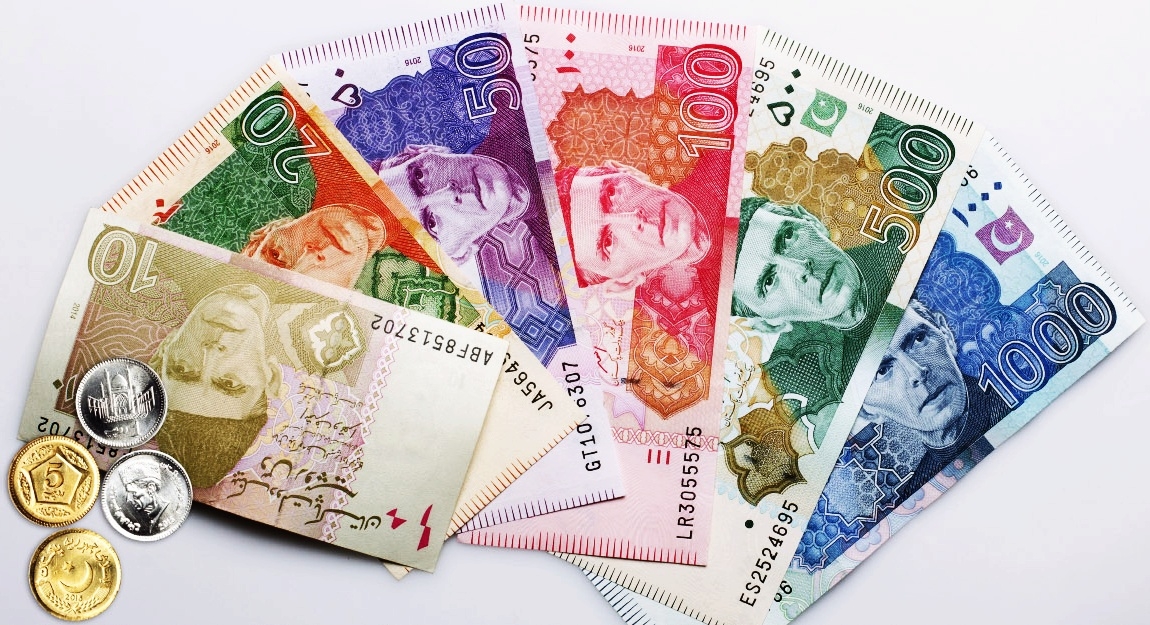According to analysts, the fall was mostly caused by the significant disparity between interbank and grey market rates…reports Asian Lite News
Remittances in Pakistan decreased by 22 per cent in the first two months of the fiscal year, as expatriate workers chose unauthorised methods to send money home amid the widening gulf between official and unofficial currency rates, The News International reported.
According to figures from the central bank, the country received USD 4.12 billion in remittances from July through August, down from USD 5.29 billion during the same period last year. Remittances totalled USD 2.09 billion in August alone, down 24 per cent year over year but up 3.1 per cent month over month.
According to analysts, the fall was mostly caused by the significant disparity between interbank and grey market rates, which last month reached as high as 10 per cent and encouraged many Pakistanis living abroad to transfer money using illegal channels like hawala and hundi.
A drop in deposits made to Roshan digital accounts, a scheme designed to draw foreign currency deposits from expats, was another contributing cause, The News International reported.
Remittances from Saudi Arabia fell by 23 per cent to USD 977 million during July and August of FY2024. United Arab Emirates inflows decreased by 37 per cent to USD 624 million. The amount of remittances from the UK dropped 18 per cent to USD 638 million. Pakistanis living in the US sent USD 504 million home in July-August FY2024, down from USD 545 million the year before.
“The main reason for the fall in remittances compared to last year is the large disparity between interbank, open market and grey market rates,” said Tahir Abbas, head of research at Arif Habib Limited, was quoted as saying by The News International, adding, “While remittances transferred through interbank declined, the amount sent through unauthorized routes surged.”
Abbas said as a result of an agreement at the staff level between the IMF and the Pakistani authorities on measures to wrap up the Extended Fund Facility’s combined 7th and 8th reviews, the Pakistan Rupee was appreciated and interbank and black market rates narrowed down. As a result, the nation in August 2022 received remittances of USD 2.7 billion, which was a significant amount, The News International reported.
He added that PKR gained and appreciated from 239 to 219 against the dollar in the interbank market following the IMF board’s approval of the disbursement of more than USD 1.1 billion to the cash-strapped economy in August of last year. As a result, there was a strong flow of remittances at that time as Pakistani expatriate workers increased their formal money transfers home.
As the PKR gains strength as a result of the government’s recent crackdown on illegal dollar traders, hoarders, and black marketers, Abbas anticipates an uptick in remittances in September.
Over the previous four trading days, the rupee appreciated by 2 per cent against the dollar, closing Monday’s interbank market at 301.16. Due to regulatory measures and action by law enforcement, the difference between the interbank and open market has decreased from heights of over 8 per cent.
Remittances should increase now that the gap between the interbank and grey markets has closed, according to Fahad Rauf, head of research at Ismail Iqbal Securities.
The decline in remittances is not encouraging for Pakistan, which has been struggling with high inflation, declining foreign exchange reserves, a weak currency, and a deteriorating balance of payments position.
In the week ending September 1, the State Bank of Pakistan’s reserves held by the nation decreased by USD 70 million to USD 7.8 billion. Additionally, the nation saw a USD 809 million current account deficit in July compared to a USD 504 million surplus in June, The News International reported. (ANI)

